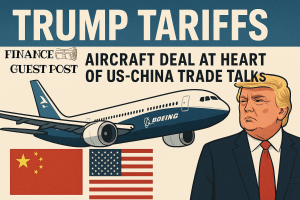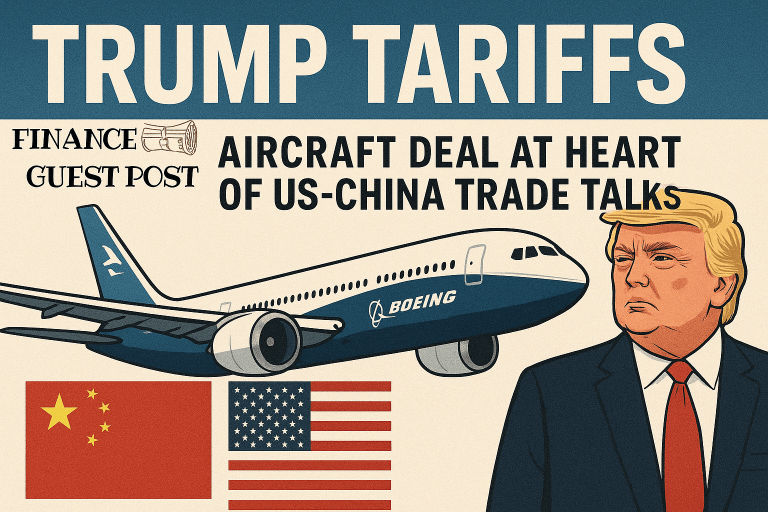The recent set of tariffs by US President Donald Trump on China is in the spotlight of the trade negotiations that are swiftly going on, and debates on the sale of a massive Boeing plane are likely to form the foundation of a new settlement.
The two are trying to find a solution to cool down a trade war that has lasted several years and has caused a global supply chain uproar and affected billions of dollars of cross-border business.
Boeing Aircraft Deal at Heart of Talks
American and Chinese officials are close to finalizing a landmark order for as many as 500 Boeing jetliners, US Ambassador to China David Perdue announced in Beijing on Tuesday. The deal, worth tens of billions of dollars, would be the biggest single sale in Boeing’s history with China, and is poised to become the key deliverable in a broader trade deal between the nations.
Thaw in US-China Tensions
Trump and Chinese President Xi Jinping were involved in a phone call last week, after years of growing tariffs, diplomatic confrontations, and both leaders indicated they were ready to expand on a series of recent gains. The Boeing deal, which removes a long-standing freeze on new aircraft purchases in China, is being interpreted as a confidence-building step that would allow additional deal closures.
What the Boeing Deal Means
- Boeing has the potential to sell up to 500 new aircraft to Chinese airlines, which would conclude four years of sales.
- The transaction is critical to Boeing, which has been losing deals and market share to its European competitor, Airbus, in the US-China trade war.
- To China, the acquisition is an indication that it is ready to revive its business relationship and modernize its burgeoning airline sector.
Trade War Still Looms in the Background
Despite the positive momentum, major tariffs on both sides remain in place. Trump has imposed duties as high as 145% on some Chinese imports, while China has hit back with up to 125% tariffs on US goods. China has repeatedly stated it wants all US tariffs removed as part of any lasting agreement, but Trump insists that tariffs will only be dropped if there is a “substantial” deal for the US.
Setbacks and Warnings
In recent months, China has even returned some Boeing jets and halted deliveries because of the trade conflict. Trump has also threatened to impose new 200 percent tariffs on Chinese products in case Beijing blocks major exports, including rare-earth magnets, which the US uses to make products. Businesses and workers in both countries are injured by years of increased costs and slower trade pressure.
Other Issues at Stake
- The US and China are negotiating over technology access, intellectual property, and restrictions on key goods like airplane parts and smartphones.
- The recent US-led effort for TikTok’s US operations to be sold is also part of the broader trade negotiations.
Outlook for a Trade Agreement
Both sides are aiming to announce the Boeing order and related trade “wins” before the upcoming United Nations General Assembly meeting, where global leaders will watch for signs of a breakthrough. While hopes are rising, large differences must still be worked out before all tariffs are reduced or removed.
What Comes Next
In case the Boeing deal is sealed and a structure is put in place to cut tariffs, it would redefine the US-China relationship in the economic field and make the world markets stable. In the meantime, tariffs have not been completely lifted, and negotiations are ongoing, and the Boeing order should be viewed as a gesture of a new partnership in case it is finalized in the next several weeks.








